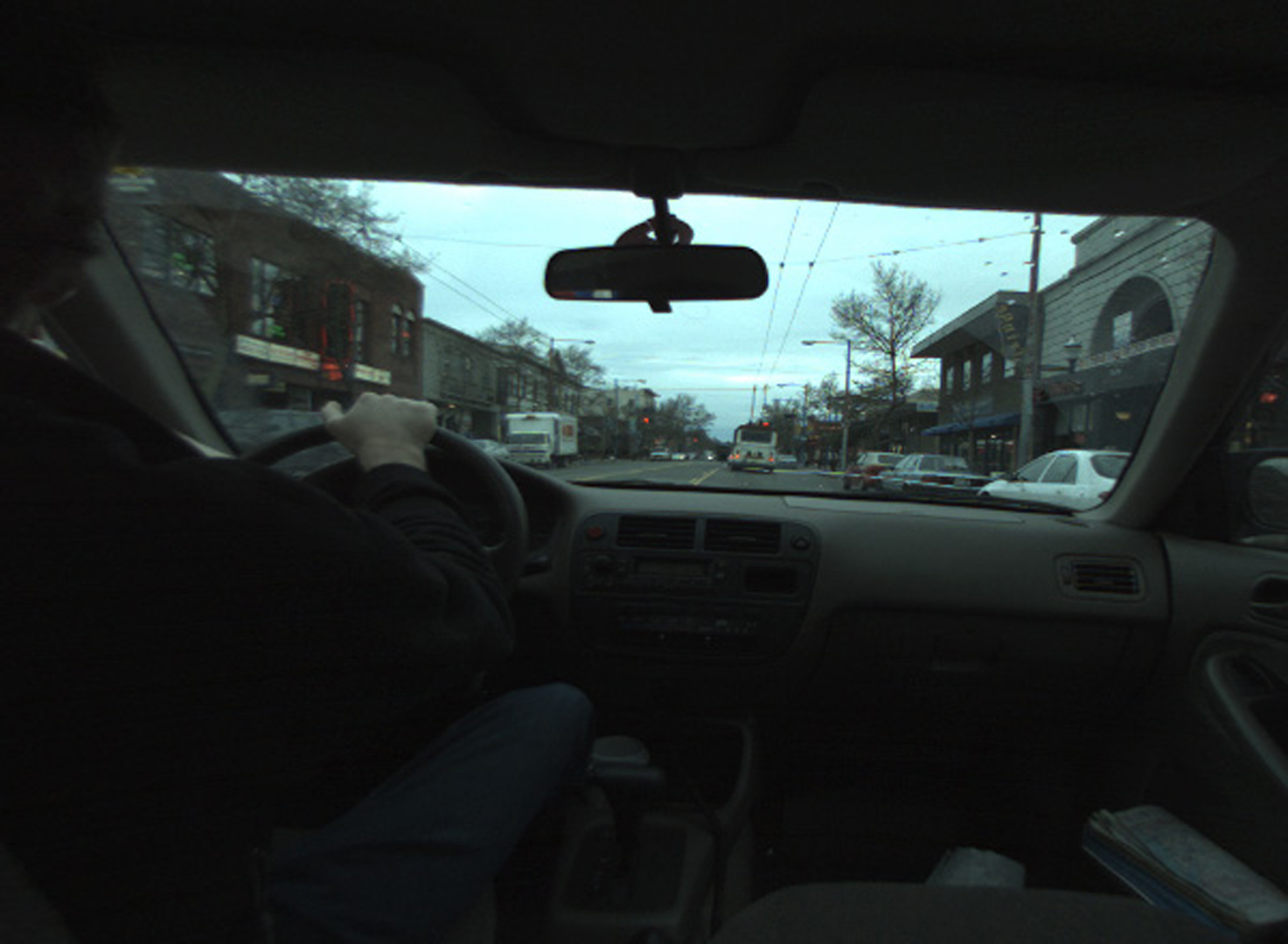“High dynamic range video” by Kang, Uyttendaele, Winder and Szeliski
Conference:
Type(s):
Title:
- High dynamic range video
Presenter(s)/Author(s):
Abstract:
Typical video footage captured using an off-the-shelf camcorder suffers from limited dynamic range. This paper describes our approach to generate high dynamic range (HDR) video from an image sequence of a dynamic scene captured while rapidly varying the exposure of each frame. Our approach consists of three parts: automatic exposure control during capture, HDR stitching across neighboring frames, and tonemapping for viewing. HDR stitching requires accurately registering neighboring frames and choosing appropriate pixels for computing the radiance map. We show examples for a variety of dynamic scenes. We also show how we can compensate for scene and camera movement when creating an HDR still from a series of bracketed still photographs.
References:
1. Bergen, J. R., Anandan, P., Hanna, K. J., and Hingorani, R. 1992. Hierarchical model-based motion estimation. In Second European Conference on Computer Vision (ECCV’92), 237–252. Google ScholarDigital Library
2. Bogoni, L. 2000. Extending dynamic range of monochrome and color images through fusion. In International Conference on Pattern Recognition, vol. 3, 7–12. Google ScholarCross Ref
3. Debevec, P., and Malik, J. 1997. Recovering high dynamic range radiance maps from photographs. Proceedings of SIGGRAPH97 (August), 369–378. Google Scholar
4. Durand, F., and Dorsey, J. 2002. Fast bilateral filtering for the display of high-dynamic-range images. ACM Transactions on Graphics (TOG) 21, 3, 257–266. Google ScholarDigital Library
5. Fattal, R., Lischinski, D., and Werman, M. 2002. Gradient domain high dynamic range compression. ACM Transactions on Graphics (TOG) 21, 3, 249–256. Google ScholarDigital Library
6. Lucas, B. D., and Kanade, T. 1981. An iterative image registration technique with an application in stereo vision. In Seventh International Joint Conference on Artificial Intelligence (IJCAI-81), 674–679.Google Scholar
7. Mann, S., and Picard R. W. 1995. On being ‘undigital’ with digital cameras: Extending dynamic range by combining differently exposed pictures. In IS&T’s 48th Annual Conference, Society for Imaging Science and Technology, Washington, D. C., 422–428.Google Scholar
8. Mann, S., Manders, C., and Fung, J. 2002. Painting with looks: Photographic images from video using quantimetric processing. In ACM Multimedia, 117–126. Google Scholar
9. Mitsunaga, T., and Nayar, S. K. 1999. Radiometric self calibration. In IEEE Computer Society Conference on Computer Esion and Pattern Recognition (CVPR’99), vol. 1, 374–380.Google Scholar
10. Mitsunaga, T., and Nayar, S. K. 2000. High dynamic range imaging: Spatially varying pixel exposures. In IEEE Computer Society Conference on Computer Vision and Pattern Recognition (CVPR’2000), vol. 1, 472–479.Google Scholar
11. Pattanaik, S. N., Tumblin, J. E., Yee, H., and Greenberg, D. P. 2000. Time-dependent visual adaptation for realistic image display. Proceedings of SIGGRAPH 2000 (July), 47–54. Google Scholar
12. Reinhard E., Stark, M., Shirley, P., and Ferwerda, J. 2002. Photographic tone reproduction for digital images. ACM Transactions on Graphics (TOG) 21, 3, 267–276. Google ScholarDigital Library
13. Tsin, Y., Ramesh, V., and Kanade, T. 2001. Statistical calibration of CCD imaging process. In Eighth International Conference on Computer Vision (ICCV 2001), vol. I, 480–487.Google Scholar
14. Tsin, Y., Kang, S. B., and Szeliski, R. 2003. Stereo matching with reflections and translucency. In IEEE Conference on Computer Vision and Pattern Recognition (CVPR 2003) (to appear). Google ScholarDigital Library
15. Uyttendaele, M., Eden, A., and Szeliski, R. 2001. Eliminating ghosting and exposure artifacts in image mosaics. In IEEE Conference on Computer Vision and Pattern Recognition (CVPR 2001), vol. II, 509–516.Google Scholar





